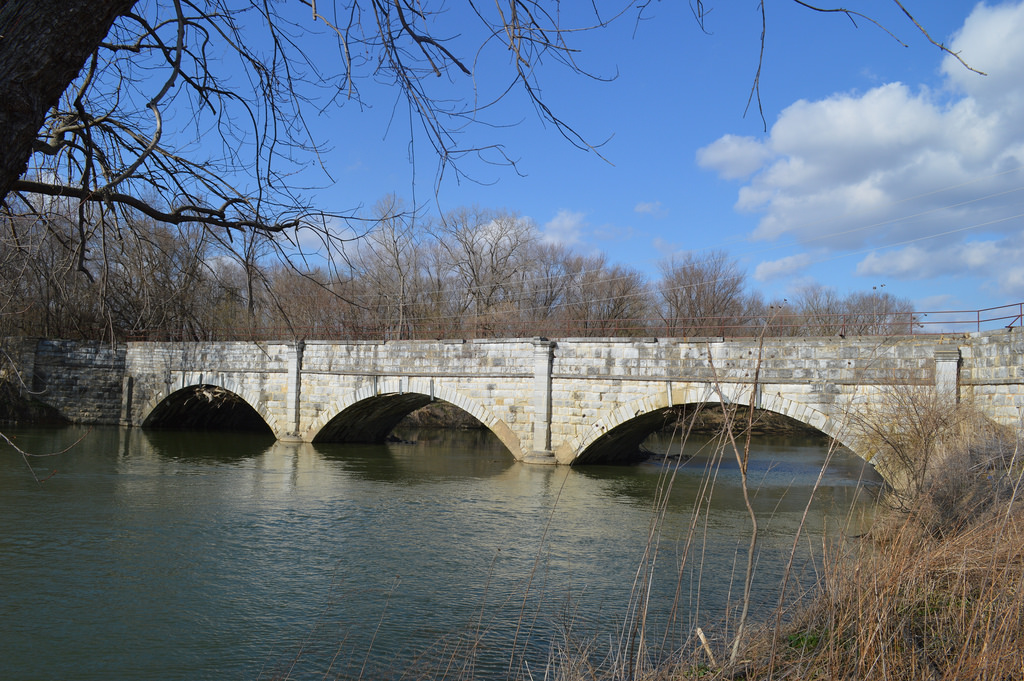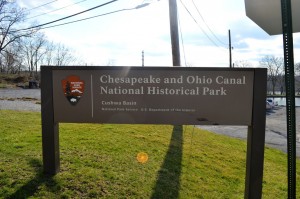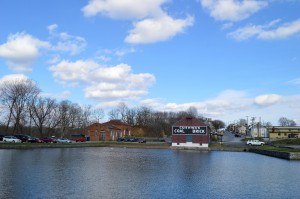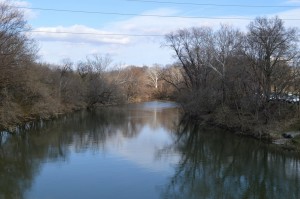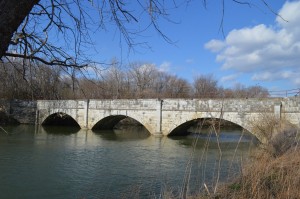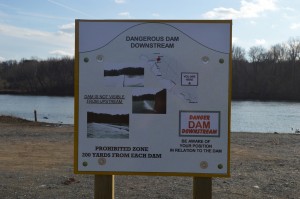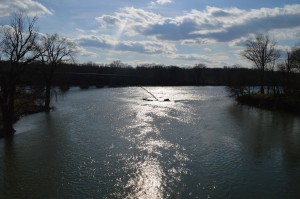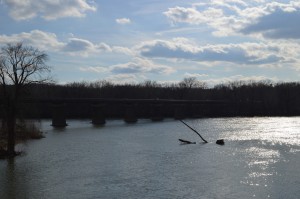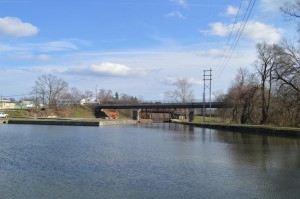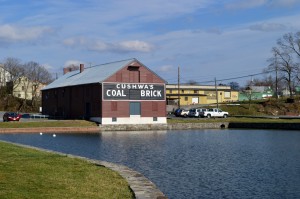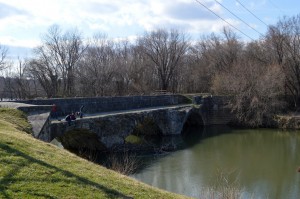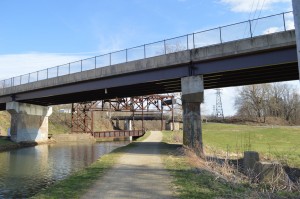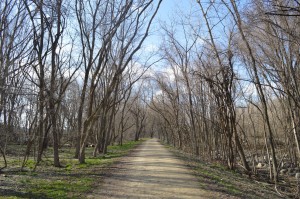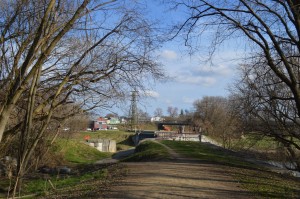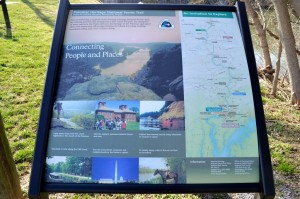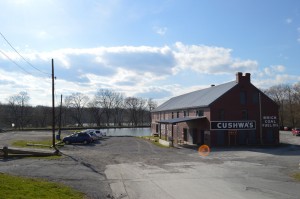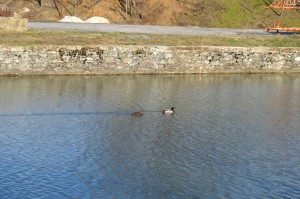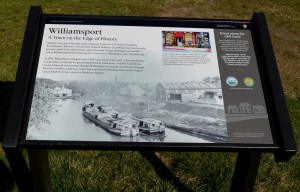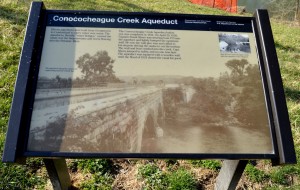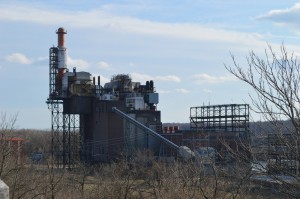The C&O Canal National Historical Park was established in 1971 to protect the Chesapeake and Ohio (C&O) Canal which begins in Cumberland, Maryland, and ends in Washington, DC. The original proposal for the canal was to connect Ohio to the Chesapeake Bay via the Potomac River and the Ohio River. The bill for the proposal was signed by President James Monroe. Work began on the Canal under President John Quincy Adams in 1828 and ended in 1850 with only the eastern section of the canal completed. The remaining western canal section was never constructed due to the difficulty in building the canal through the mountains. The completed C&O Canal required the construction of 77 locks, 11 aqueducts, 244 culverts, and a tunnel to span all 184.5 miles from Cumberland to Washington.
There is no single entrance to the C&O Canal National Historical Park. There are visitor centers in Washington, DC, Potomac, Brunswick, Sharpsburg, Williamsport, Hancock, and Cumberland, Maryland. The many visitor centers provide a history of the C&O Canal and the different communities that relied on its construction. Many of the visitor centers are close to aqueducts and other important canal sites, and they are also convenient for accessing the towpath. The C&O Canal towpath is popular for hiking and biking due to the many historic sites, towns, and great views of the river. There are many campsites for longer hiking/biking trips, too! Check out the C&O Canal National Historical Park website for maps of the towpath with the locations of the locks, lockhouses, aqueducts, and culverts along the canal.

